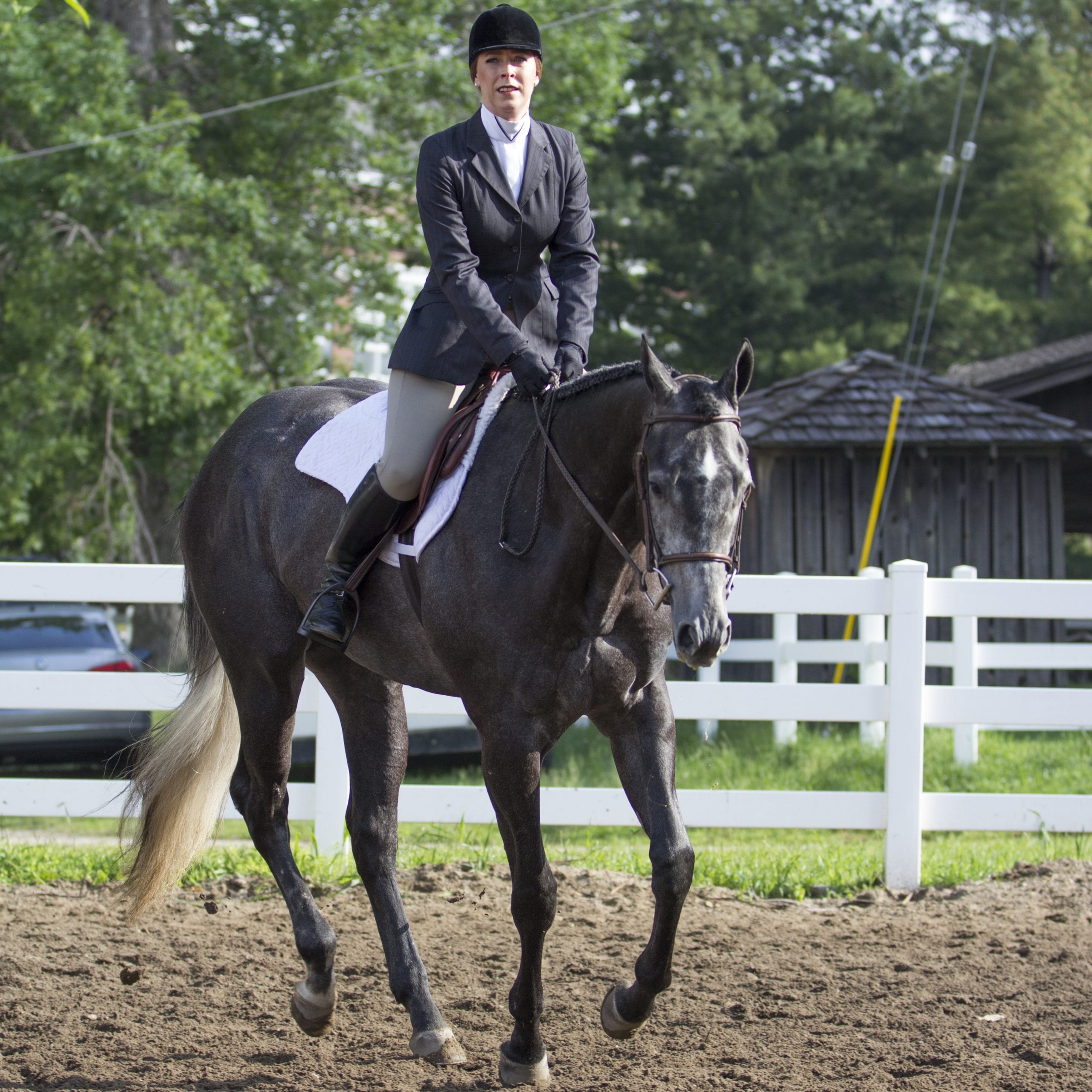AQHA takes pride in making their World Championship Show be the platform for adherence to the current rules. The show is a trend setter. Winners at the AQHA World Championship Show are often imitated by trainers and exhibitors throughout the country increasing the importance of the event. The 2013 World Show saw the judges ask for the hand gallop, or lengthening of stride, in open hunter under saddle finals, something that we have not seen for decades at that show.
As one of the judges who stood in the center of the pen and made the call, I saw firsthand the results and it was impressive. The call allowed everyone to see the horse’s ability to lengthen their stride and provided judges additional criteria to use in evaluating the horse’s potential to become an over fence horse. It brought out a little freshness in some but most simply perked their ears and obediently opened up their steps. While it was not the only gait that determined the winners, it played an important role in sorting the horses.
Riders chose different ways to present their lengthened stride with most getting in their two-point or half seat. Although some chose to stay in the saddle, the correct way to ride a hand gallop is to get into a lighter seat when asking the horse to lengthen the stride. Ring bound riders are unaccustomed to getting out of the saddle. However, hunt seat is a forward sport and getting out of the saddle allows the horse the freedom to open his or her stride. While riders will not be disqualified for choosing to stay in the saddle, the proper way to ride a lengthened step is to lighten the seat in the saddle by getting in a two point or half seat. The term half seat is interchangeable with two point.
Horses should naturally react to this opened position by bringing their heads up when asked to lengthen if for no other reason than to balance properly. In keeping with the class description and purpose, the horse should carry himself in a balanced position not on his forehand. Horses appear to be on their forehand when their polls fall below their withers. Also, horses carrying their polls below the withers are not meeting the standard described in the rules for the class.
Current rules state that the poll should be level with, or slightly above the withers. Ears, as they rest on top of the poll, should be above the withers at all times, something we rarely see and part of the reason for the call at the 2013 AQHA World Championship Show. Since each horse’s conformation dictates a slightly different head carriage for the individual’s perfect balance, head carriage will vary with some being slightly higher or lower than another’s.
It is important to understand that current rules specifically designate the poll below the wither is a fault to be judged according to severity. To be properly balanced with good self carriage, the horse’s poll should be elevated in the hand gallop. Judges will look for well balanced horses whose impulsion from behind carry the horse forward, something unattainable with the poll below the wither.
While the horse’s frame is one consideration in the judge’s evaluation of the horse in a hand gallop, the purpose of the call is to allow the judge to evaluate the ability of the horse to lengthen their stride. In a flat or rail class the horse is not expected to move in the same frame as if they were on course. The hand gallop is called for in a rail class to show the judges the horse’s potential to jump by evaluating the length of stride the horse reveals. Horses are not expected to run or to be in a full four beat gallop. They are expected to increase their pace and lengthen their stride.
Like every other gait in any class, the hand gallop is just one of the criteria a judge will be using to make his or her assessment of each horse. Horses that perform all of the required gaits well should be heavily rewarded. The horse with the best hand gallop may not be the best horse in the class. However, it is a gait that when called will be judged. Failure to perform the gait, performing the gait incorrectly or a disobedience in the performance of the gait will all be judged harshly lowering the judge’s opinion and placings.
Even when no horses meet the criteria of whatever class the judge is working, the class must still be placed. The hand gallop was seen as one measure to improve the look and cadence of the horses in the hunter under saddle classes. Unfortunately, the hand gallop is not called for at very many shows so riders and their horses do not get to practice it prior to major events where the call is most likely to be seen.
2013 saw rules changes allowing 15 horses to be worked at the hand gallop at all AQHA World Championship Shows. Finalists of both the Senior and Junior Hunters Under Saddle were asked to lengthen their stride. The hand gallop may still only be called during regular horse show with twelve or fewer horses in the arena. Perhaps it is something judges should ask for when the opportunity presents itself if for no other reason than to give riders an opportunity to practice it prior to a World Championship event.
As always, good luck with your upcoming events. If you have questions or comments, please do not hesitate to send them my way. I will do my best to find the answers for you.








